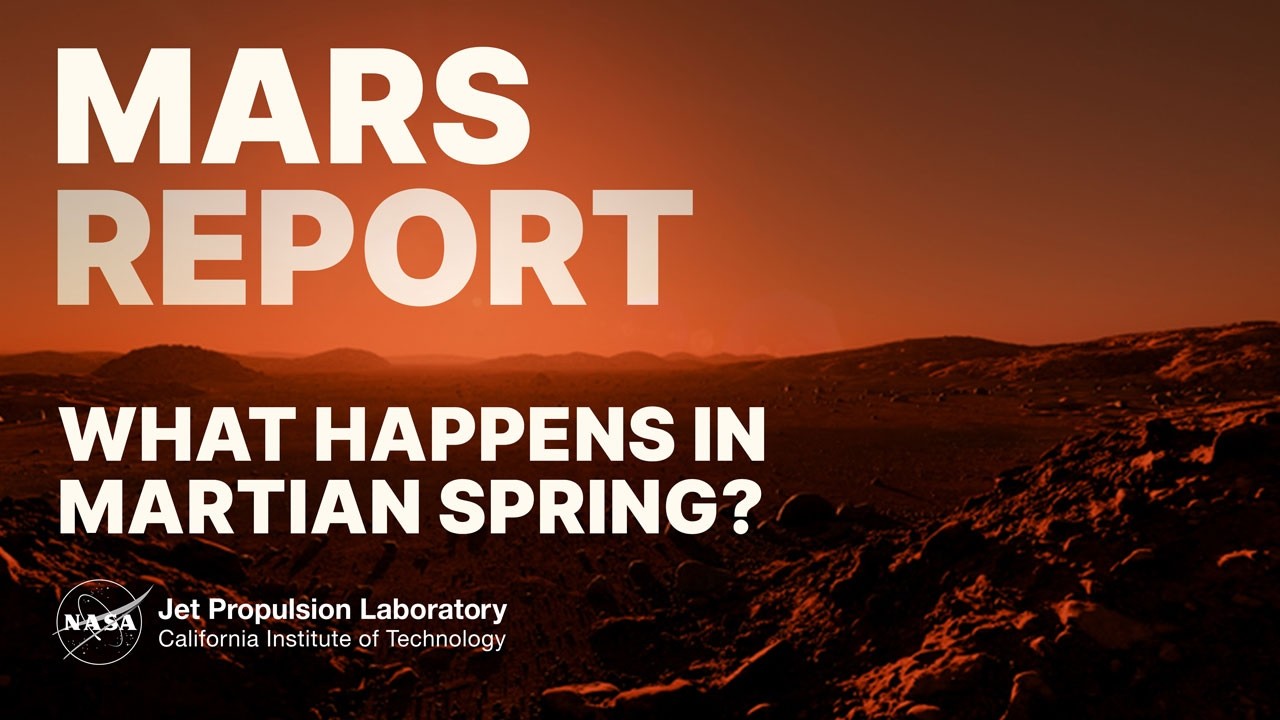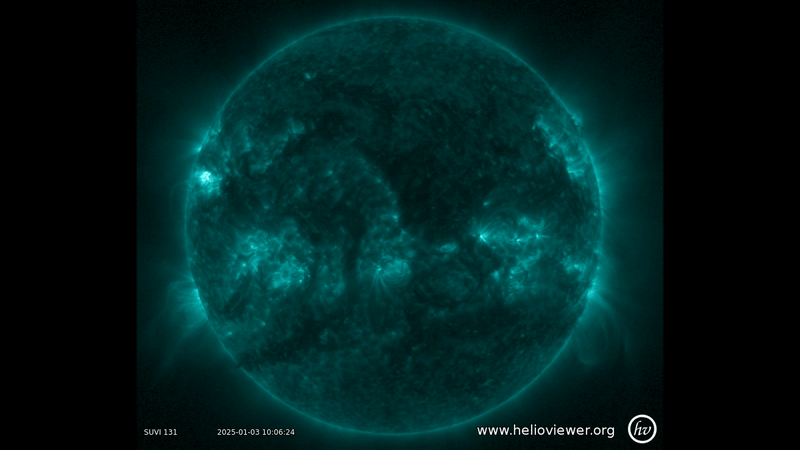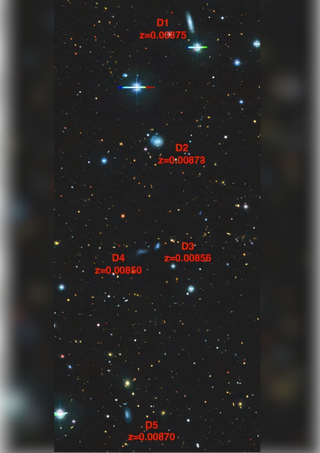Instead of chilled glasses and champagne bubbles to ring in the New Year, how about gassy geysers and frosty avalanches? That’s exactly what you can expect as the Martian New Year begins on the Red Planet with the onset of spring across its Northern Hemisphere. The term “walking in a winter wonderland” on Mars consists more like sprinting across the surface, having to dodge the crash of cliffsides and explosions of carbon dioxide. Unlike our northern hemisphere on Earth, on the Red Planet, the new year starts off with the…
Read MoreTag: The Universe
Small satellite constellation could reveal black holes like never before
Researchers in South Korea are developing a constellation of satellites that could reveal what goes on in the vicinity of supermassive black holes like never before. The constellation, dubbed Capella, is a brainchild of Seoul National University astronomy professor Sascha Trippe. An expert in black holes, Trippe has grown frustrated with the limitations of humanity’s existing instruments for observing black holes and concerned that unless major technological advances are made, research may soon reach a “dead end.” When the first-ever image of a supermassive black hole — the one at…
Read MoreWhat I learned from a black hole in Los Angeles
On York Boulevard in Los Angeles, a blurred black hole hangs on a dark wall, joined only by a pair of headphones playing looping echoes of its siblings colliding. It’s a familiar scene of our galaxy’s supermassive central void, and certainly one that has flown far and wide over the years. I’d bet you’ve seen it. Journalists (including myself) have fawned over this image, affixing it to exhilarating news stories under titles like “First Image of Milky Way’s Black Hole” or “Center of Our Galaxy Revealed.” Universities have thrown it…
Read MoreSun erupts with powerful X1.2 solar flare, causes radio blackouts (photo)
The sun started 2025 with a bang as it fired off a powerful solar flare this morning. The X-class solar flare peaked at an X.12 at 6:40 a.m. EST (1140 GMT) on Friday (Jan. 3), releasing a blast of energy from a sunspot region known as AR 3947 and triggering a radio blackout event for parts of the Southern Atlantic, Africa and parts of eastern South America. When these blackouts happen, they can result in a full or partial loss of high frequency (HF) radio signals in regions that are…
Read MoreRare string of ‘cosmic pearls’ dance together in the universe
Astronomers have discovered a rare group of five dwarf galaxies located relatively close to Earth; these galaxies exist in a near-perfect alignment, resembling a string of cosmic pearls in the sky. Held together by their mutual gravity, several of the dwarf galaxies (designated D1 to D5) are rhythmically dancing with one another while others are engaged in a “cosmic tug of war,” ripping gas and stars away from each other. The scientists behind this discovery say these factors make this dwarf galaxy grouping particularly intriguing. The arrangement may be as…
Read More‘Ambitious climate action is more urgent than ever:’ 3 Climate records broken in 2024
The year 2024 has been another challenging one for Earth’s climate, marked by record temperatures, extreme weather events, and urgent warnings from scientists about the accelerating pace of global warming. An analysis by the Copernicus Climate Change Service (C3S), the European Union agency that tracks global warming, suggests this year will be the hottest since instrument record keeping began more than a century ago — beating climate records set just last year. 2024 will also be the first calendar year in which the global average temperature exceeded 1.5 degrees Celsius…
Read MoreGet ready for the ‘New Year Comet’: What to expect from Comet ATLAS (C/2024) G3
In the second week of 2025, we could see a new object grace the skies as comet ATLAS (C/2024) G3 gets close to the sun. In the wake of comet C/2023 A3 (Tsuchinshan–ATLAS) in October, comet G3 is due to reach perihelion — its closest to the sun — on Jan. 13, 2025. That day, this icy visitor to the inner solar system will get to within just 8.3 million miles (13.5 million kilometers) from the sun. For context, Mercury orbits the sun from as close as 29 million miles…
Read MoreChristmas solar flares erupt from the sun. Will they trigger aurora ‘fireworks’ as we close out 2024?
In the final hours of Christmas Day, the sun fired off four solar flares within less than three hours. The biggest flare of the series, recorded at a M7.3, erupted from sunspot region AR3938 on Dec. 25 at 10:15 p,m. EST (0315 GMT on Dec. 26). Solar flares are ranked and categorized by their power on a 4-level classification scale, with M-class the second strongest to the beastly X-class at the top. According to Spaceweather.com, this was part of a group of four different flares that happened within two and…
Read MoreScientists await signal from NASA’s Parker Solar Probe after historic close sun flyby. Will it phone home?
On the heels of a NASA spacecraft’s historic close flyby of the sun on Christmas Eve, scientists on Earth have one question on their minds: Did their probe survive as an epic Christmas gift, or is it a burned up lump of coal in space? For a few days, they simply won’t know, at least not until the spacecraft — NASA’s Parker Solar Probe — phones home with a simple “status beacon” on Friday (Dec. 27) to let its science team know it’s okay. But scientists behind the spacecraft’s sun…
Read MoreJust a fraction of the hydrogen hidden beneath Earth’s surface could power Earth for 200 years, scientists find
A mountain of hydrogen is lurking beneath Earth’s surface — and scientists say that just a fraction of it could break our dependence on fossil fuels for 200 years. New research suggests the planet holds around 6.2 trillion tons (5.6 trillion metric tons) of hydrogen in rocks and underground reservoirs. That’s roughly 26 times the amount of oil known to be left in the ground (1.6 trillion barrels, each weighing approximately 0.15 tons) — but where these hydrogen stocks are located remains unknown. Most of the hydrogen is likely too…
Read More








